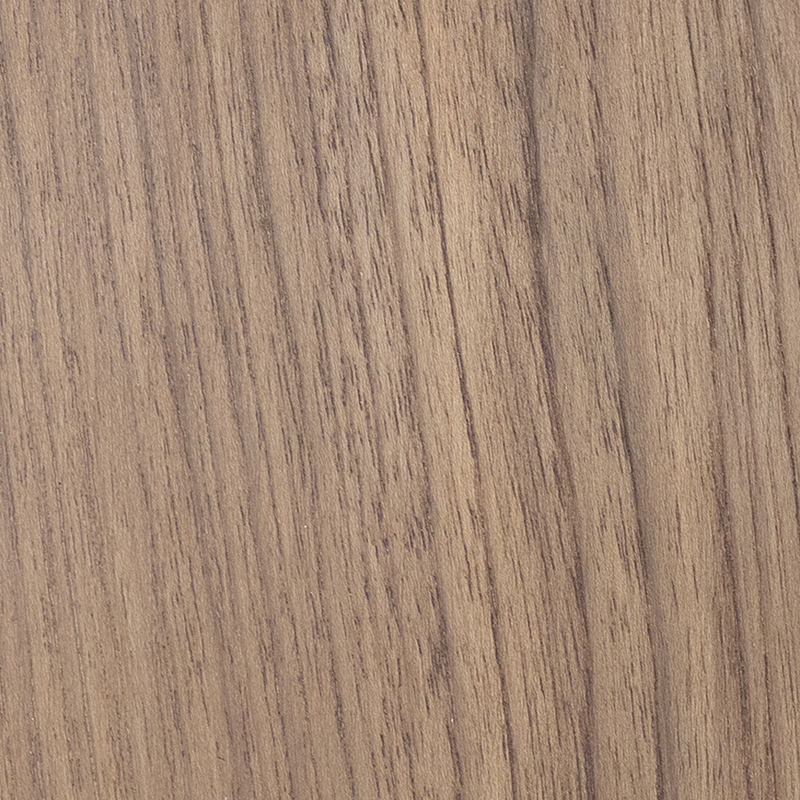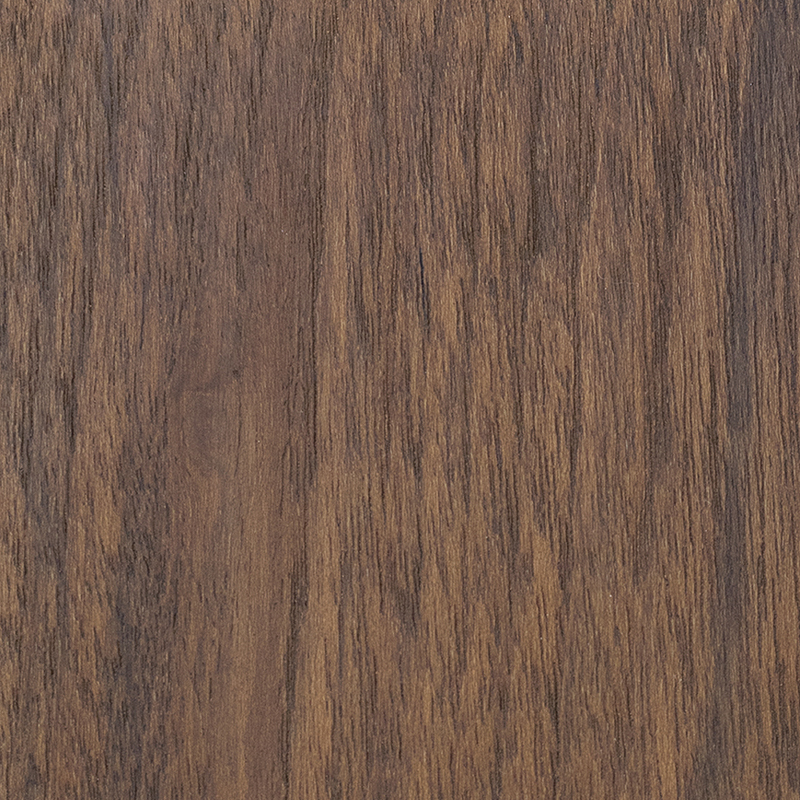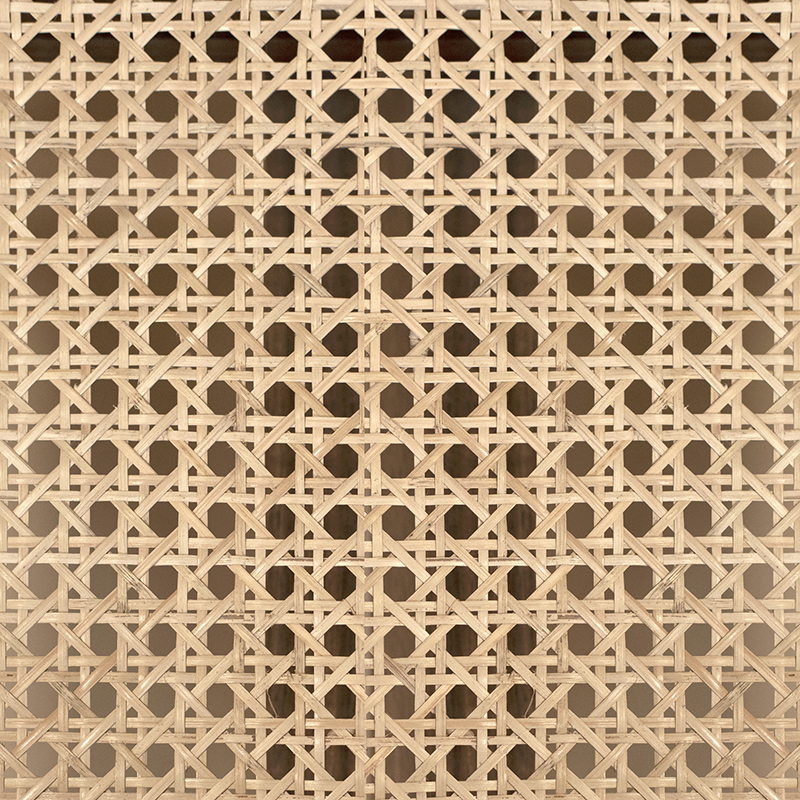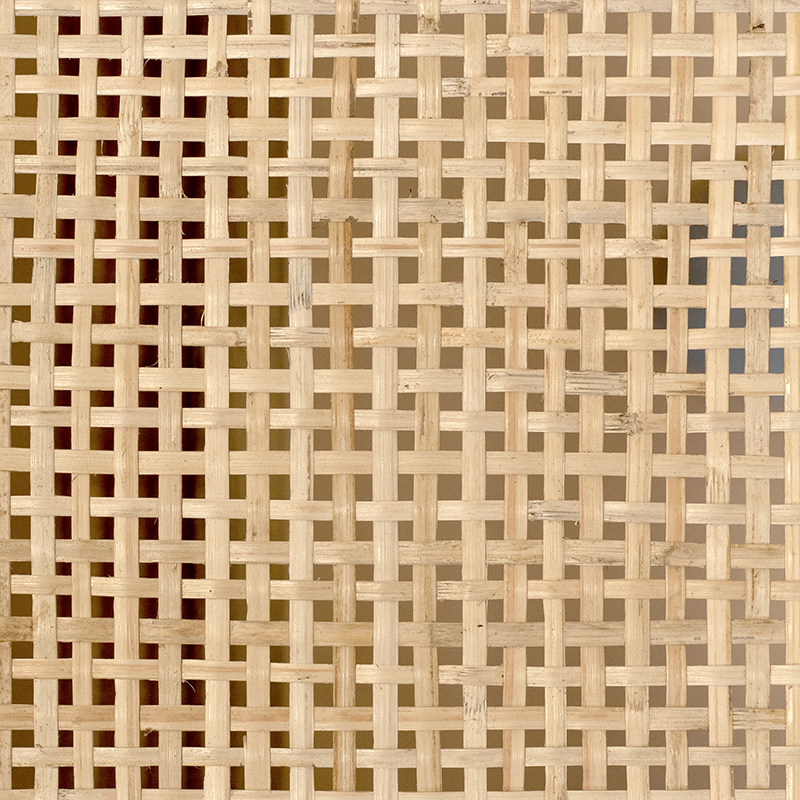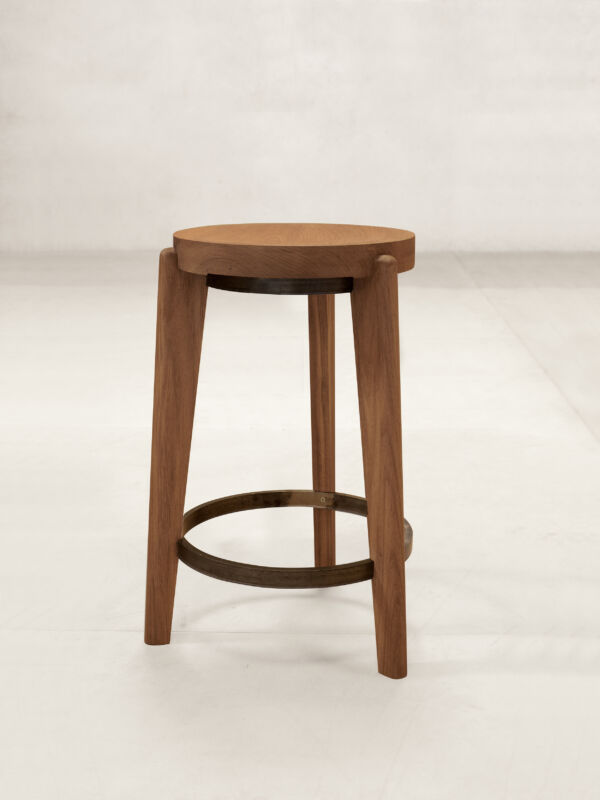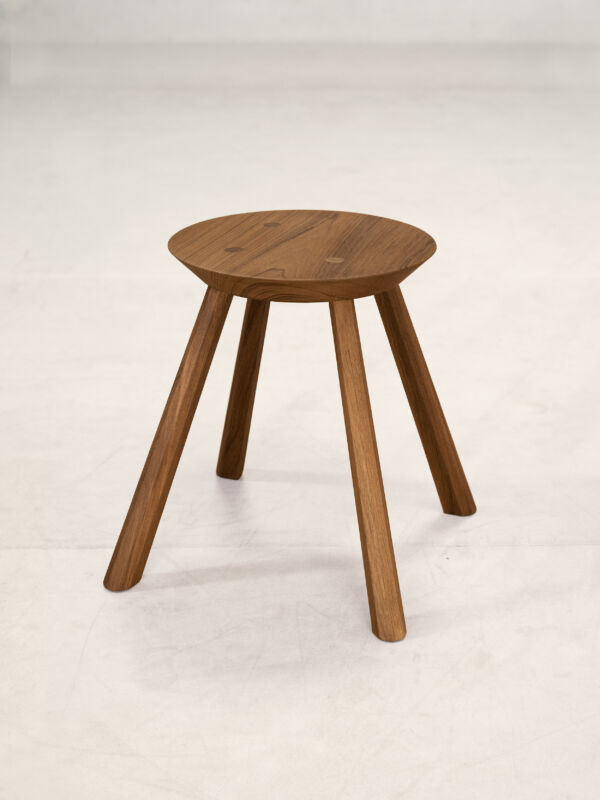High Stool with Cane Seat |
||||||||
|
||||||||
| How to buy | ||||||||
| Enquire |
Product Description
The High Stool is a re-edition of the stool model made for university campus buildings in Chandigarh in the 1950s and 60s. The stool has cane lattice seating and frame made of solid teak. The round seat frame is made of two concentric circles with gently rounded edges. A pair of intersecting crossbars support the legs.
Product Specification
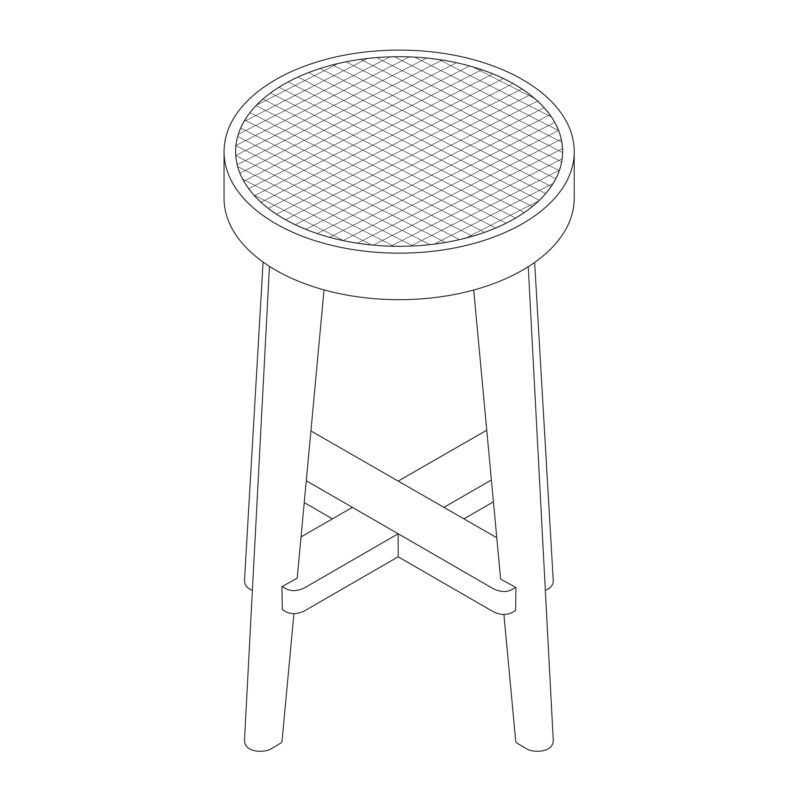
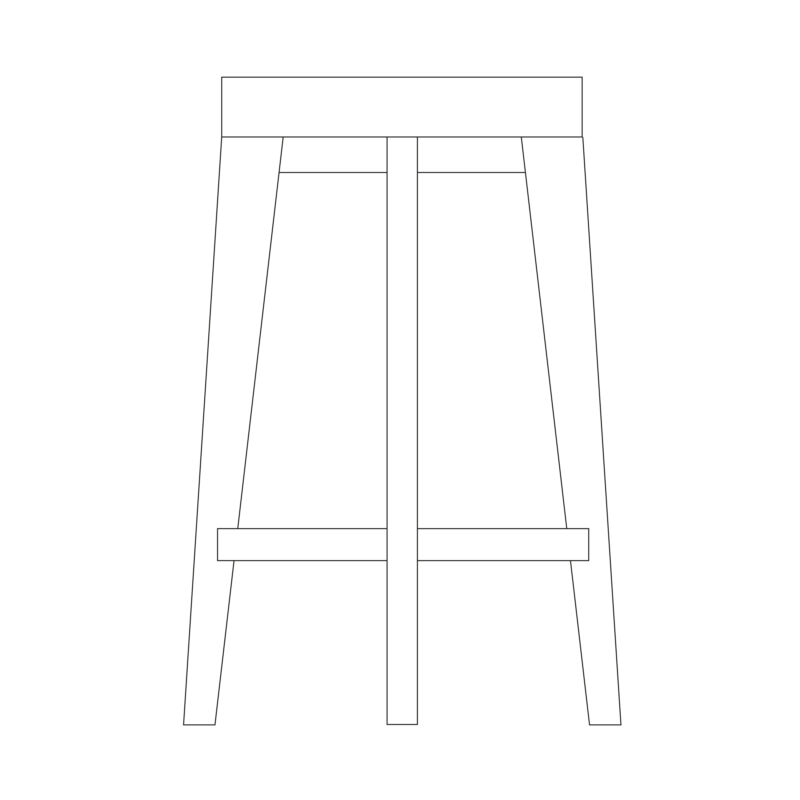
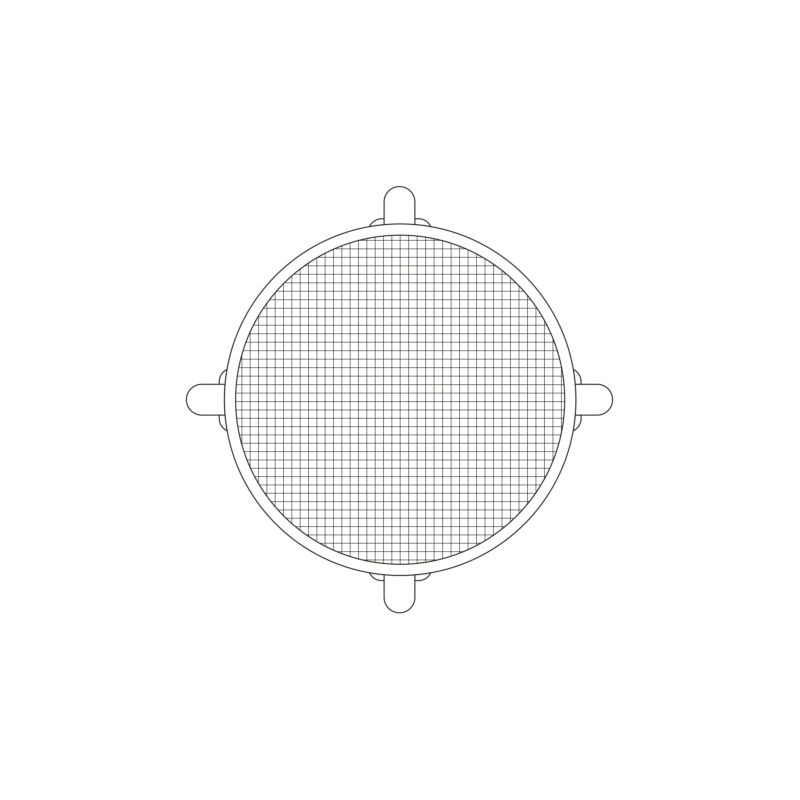
Product Options
We offer this product in a choice of two wood finishes: Natural Teak and Dark Stain.
For the Natural Teak finish, the wood is sanded and finished with hard wax oil to bring out the natural, golden-brown colour of the teak.
For the Dark Stain finish, a coat of water-based, teak stain is applied to give the wood a darker teak shade, followed by a coat of sealer.
Please note, each batch of teak is unique and actual shade may vary a little from the reference image.
Related Products
See More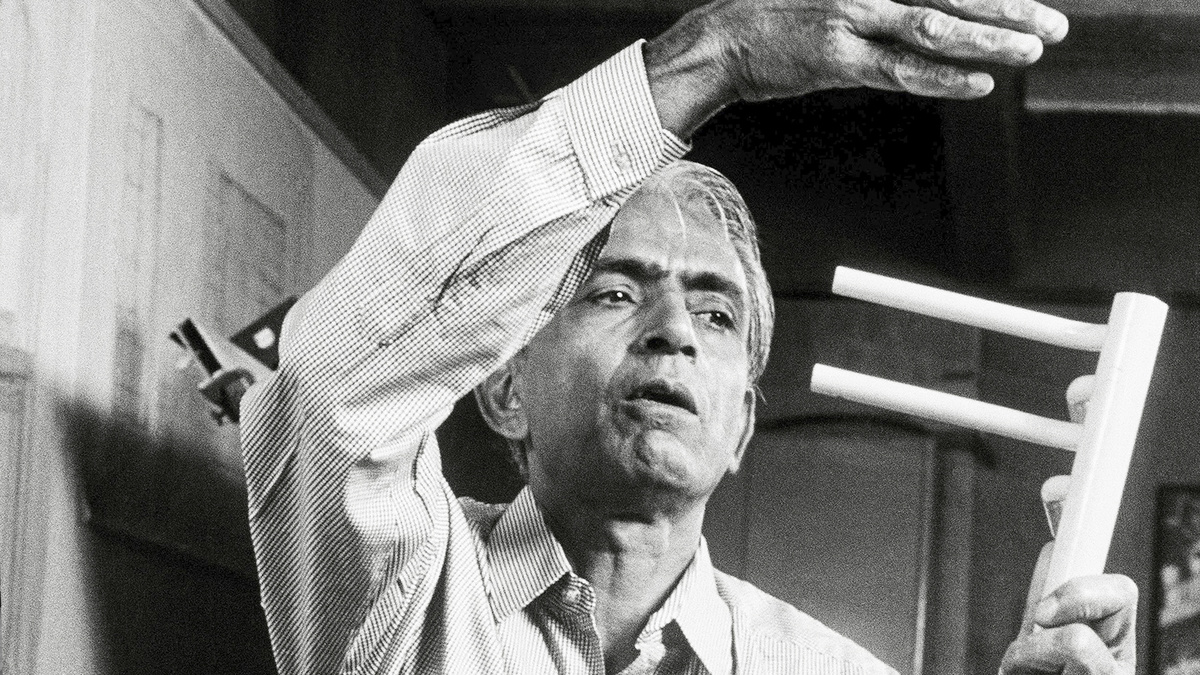
Furnishing a Modern India: On Architect and Furniture Designer Gajanan Upadhyaya
Known among his colleagues and students at the National Institute of Design simply as GU, furniture designer Gajanan Upadhyay, who passed away on 28th October, 2021, was considered to be the 'Father of Indian Furniture Design'.
Read More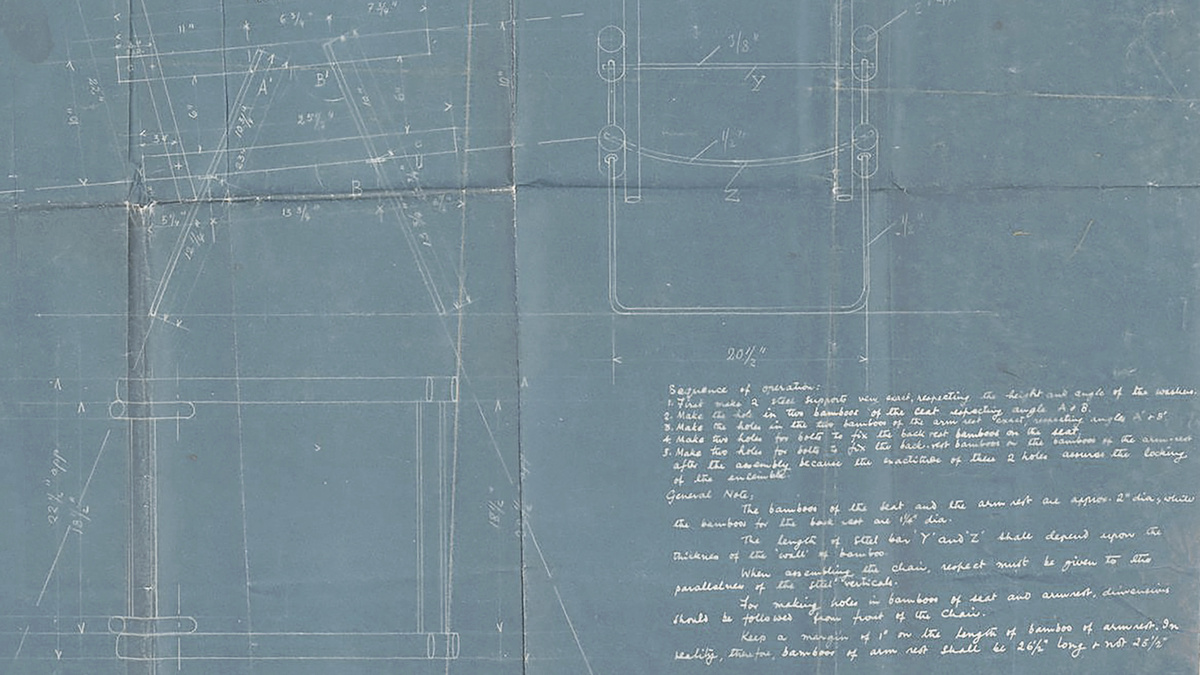
The Genesis of the Chandigarh Chair: Furniture as Infrastructure
There are several things unique about the furniture made for the city of Chandigarh in the 1950’s. The most striking among these is that they were conceived at the same time as the city, as a component of its master plan.
Read More











